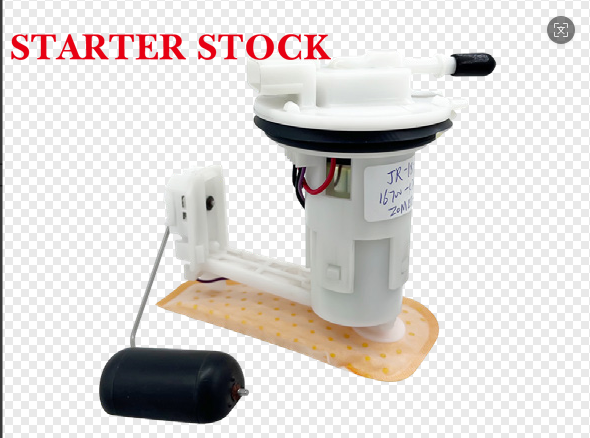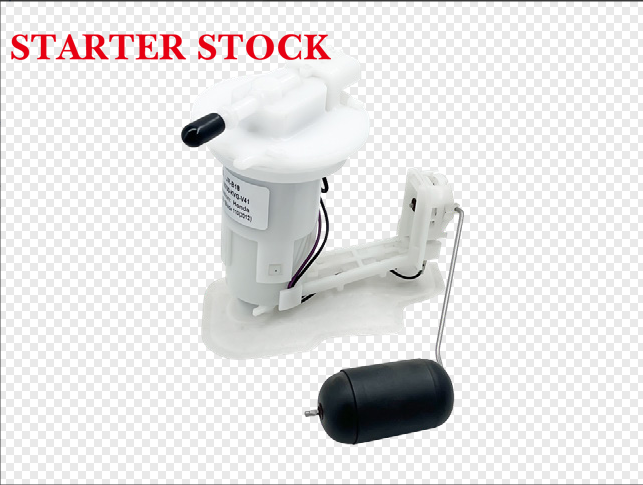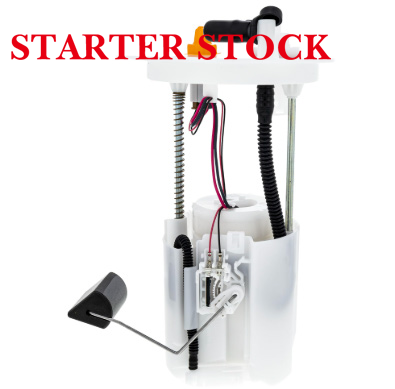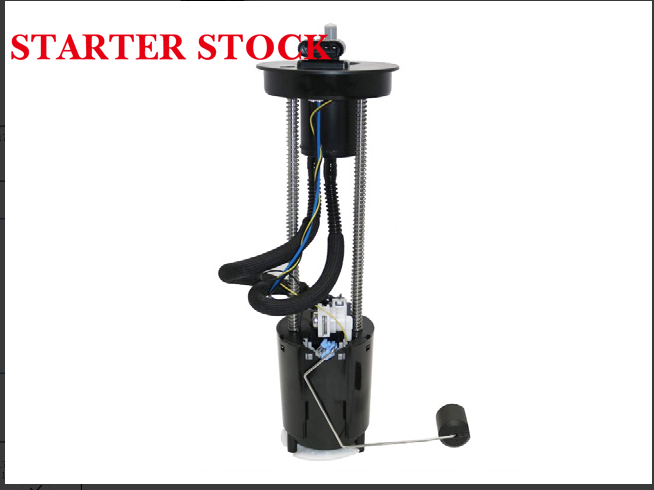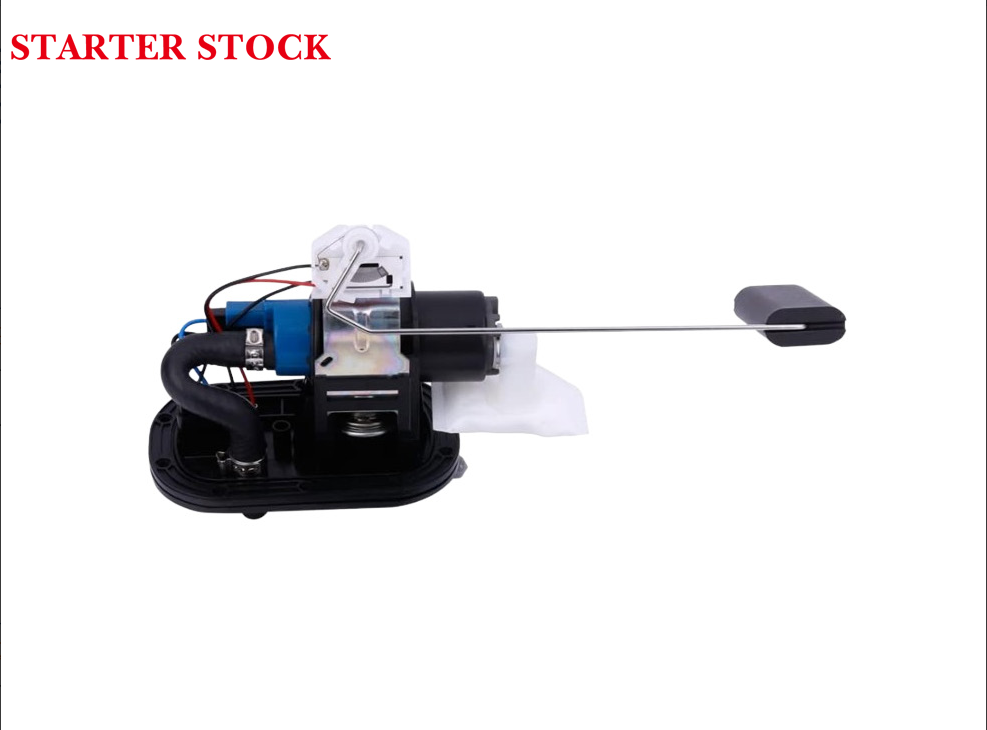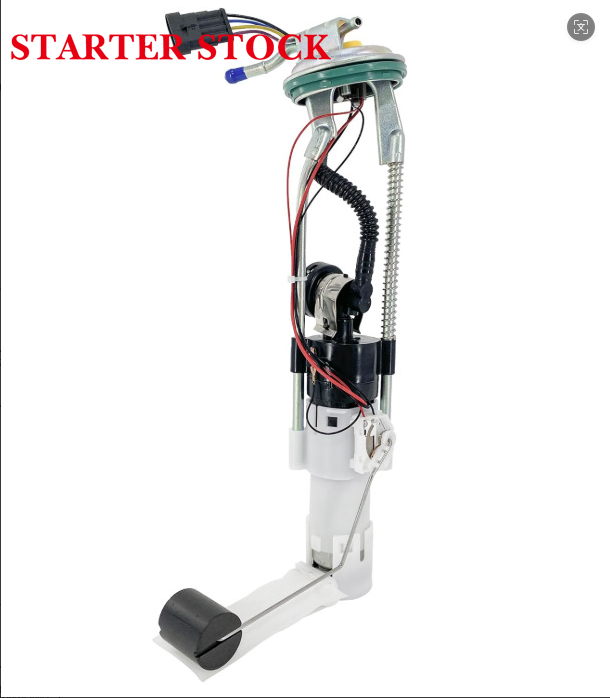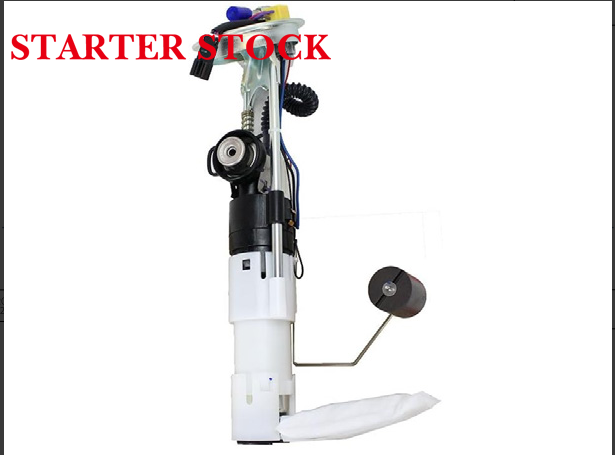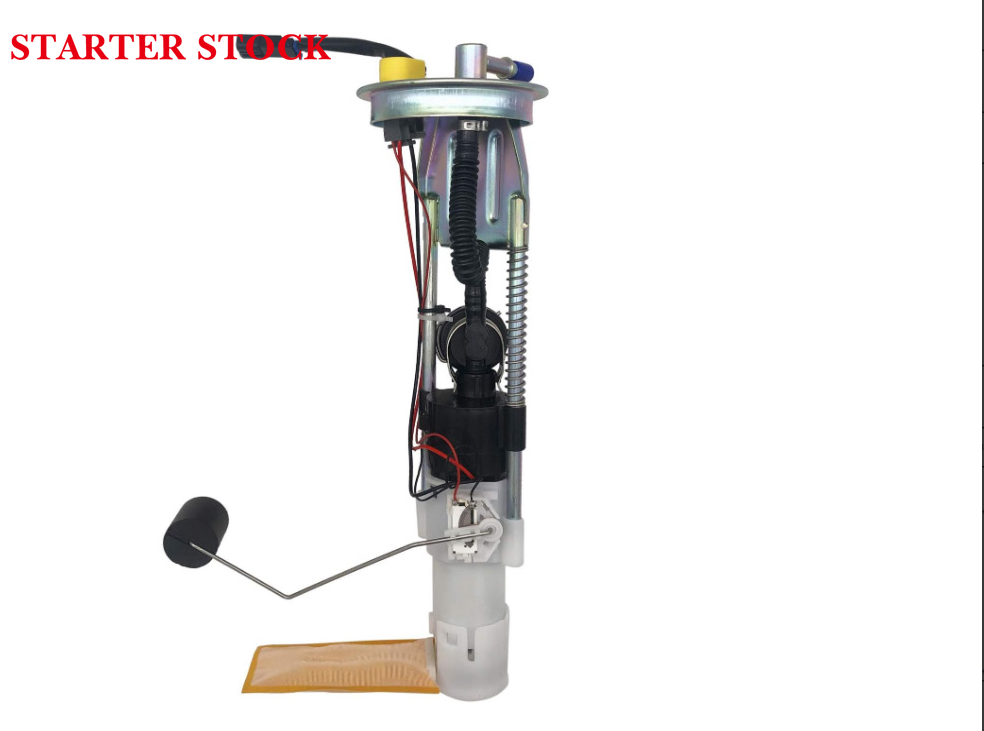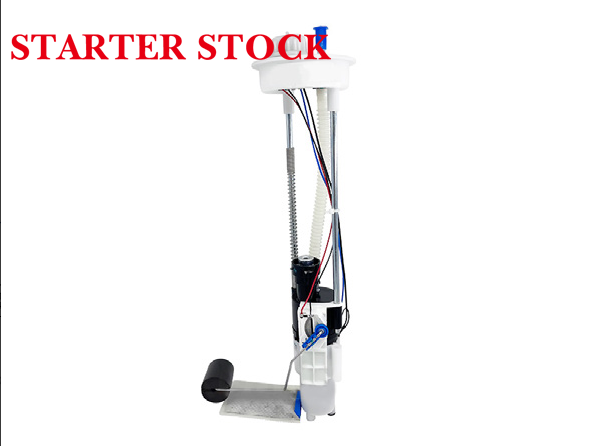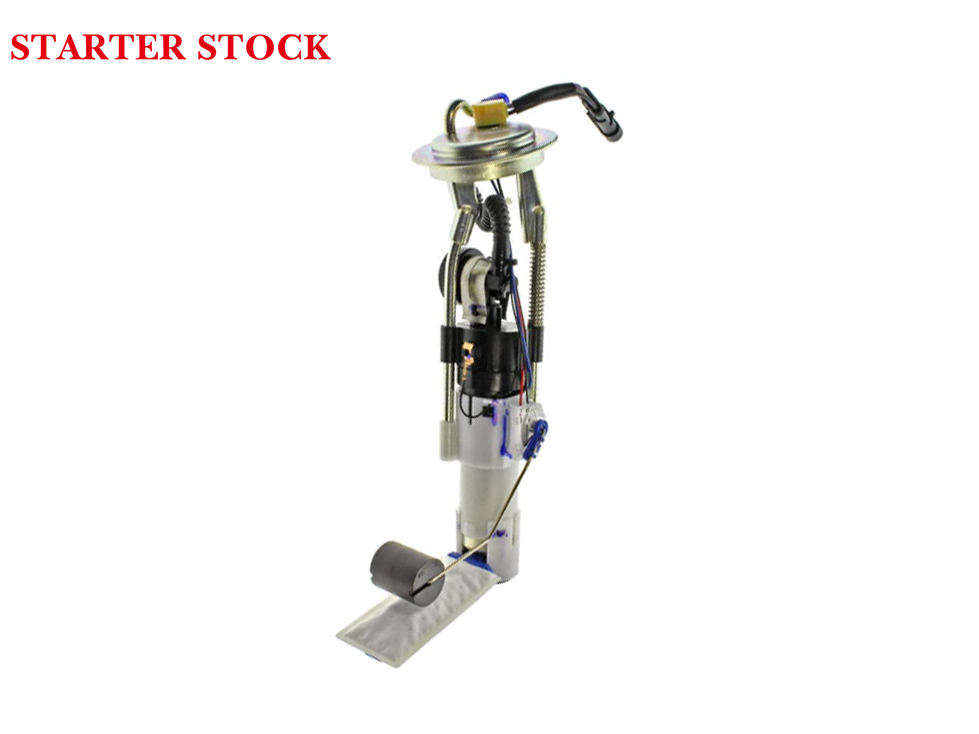In the testing of AC/DC motors and electric tools, dynamometers are commonly used as testing equipment. Dynamometers primarily measure motor torque, speed, and output power. However, not every electric dynamometer can meet all motor testing requirements. Three main factors need to be considered:
First, torque range: The torque of a dynamometer usually cannot exceed its maximum allowable torque value.
Second, speed range: The speed sensor of a dynamometer typically cannot exceed its maximum allowable rotational speed. Prolonged use beyond this limit will significantly shorten the dynamometer’s lifespan, especially due to mechanical wear.
Third, power rating: The power indicated on a dynamometer generally refers to the power it can absorb — because most dynamometers (such as hysteresis, eddy current, and magnetic powder dynamometers) dissipate energy by absorbing heat — which is equivalent to the output power of the tested AC/DC motor or electric tool. Strictly speaking, this parameter should also not be exceeded; otherwise, the dynamometer may easily overheat and get damaged due to inadequate heat dissipation.
When selecting an electric dynamometer, it is essential not only to meet the three primary technical specifications — speed, torque, and power — but also to ensure it meets the specific requirements of the test. Typically, motors require testing parameters such as no-load speed, no-load loss, and locked-rotor torque, which are also important considerations!
When choosing a dynamometer, it is best if all the motor’s test data fall within the 30% to 90% range of the dynamometer’s performance parameters. This is because the testing accuracy of the dynamometer is most reliable within this range.
Common types of dynamometers include the following: hysteresis dynamometer, magnetic powder dynamometer, eddy current dynamometer, and electric dynamometer (DC and AC electric dynamometers).
The maximum achievable speed of dynamometers, ranked from highest to lowest, is:
Eddy current dynamometer > Electric dynamometer > Hysteresis dynamometer > Magnetic powder dynamometer
(1) Eddy current dynamometers cannot perform locked-rotor (stall) tests on motors or electric tools, but they have a very high upper speed limit, typically around 20,000–30,000 RPM, and can handle high torque values.
(2) Hysteresis dynamometers generally operate at speeds below 20,000 RPM, but they can perform locked-rotor tests, although their power capacity is relatively low, and the torque is usually below 20 Nm.
(3) Magnetic powder dynamometers have lower speeds, typically in the range of 1,500–5,000 RPM, but they can achieve high torque values and can also perform locked-rotor tests on motors.
Electric dynamometers do not require water cooling — air cooling alone is sufficient. However, eddy current, hysteresis, and magnetic powder dynamometers require both water cooling and air cooling. Some low-power hysteresis dynamometers may not need water cooling to meet testing requirements. It is essential to always enable the cooling function when using any type of dynamometer.
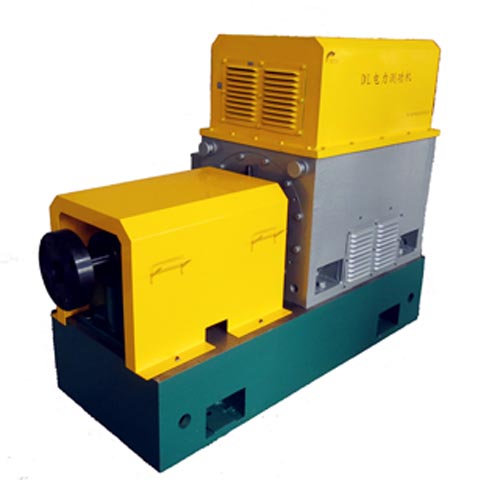

Electric dynamometer
US$ 8000.00 / 1 Piece
1Piece Minimum order
Brand:
LANLING
About this item
Jiangsu Lanmec Technology Co., Ltd
 1 years
China
1 years
China
Avg Response Time: ≤24 h
Business Type: Technical Services
Chat
Products related to this item
Latest Products from this Supplier
Contact Supplier
Jiangsu Lanmec Technology Co., Ltd
| Address | 222 Long'an North Road, Haian,Nantong,Jiangsu,CHINA | ||||
|---|---|---|---|---|---|
| Homepage Address | https://www.starterstock.com/shop/lanling/ | ||||
| Other Homepage Address | |||||





